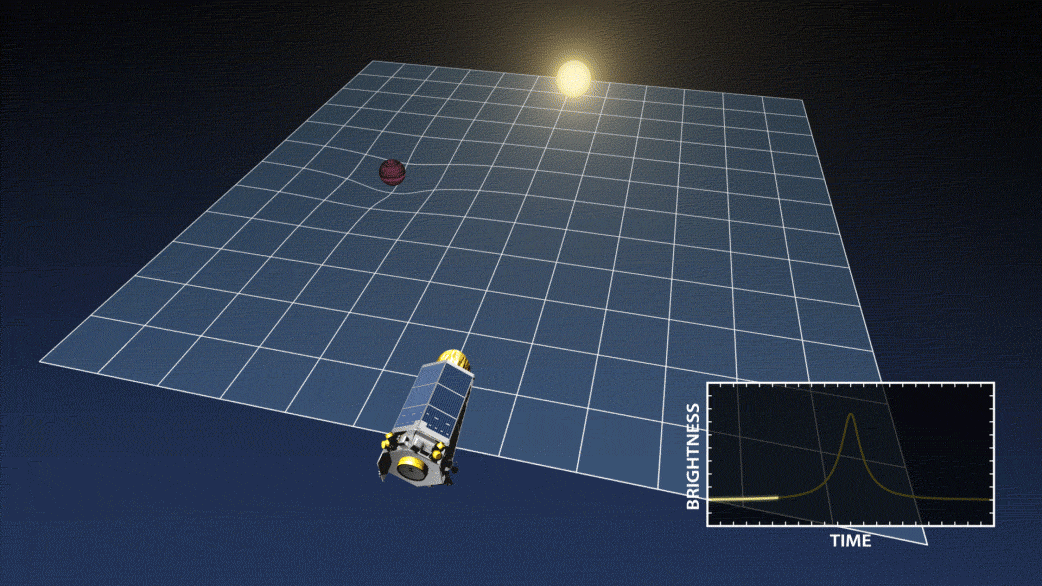Astronomers theorize that the future Nancy Grace Roman Space Telescope mission will uncover more wandering planets in Milky Way galaxy without a home star than actual stars.
An artist’s impression of a rogue planet making its way trough our galaxy - Credit: NASA/JPL-Caltech/R. Hurt (Caltech-IPAC)
The prediction arises from a study published in the Astronomical Journal. According to Samson Johnson, lead author, the upcoming NASA mission will give us a window into worlds that we would otherwise not have. 'Imagine our little rocky planet just floating freely in space.
A rogue planet (also known as nomad planet, interstellar planet, or wandering planet) is a free-roaming object with the mass of a planet that does not orbit a star directly. The origin of these types of planets is still unknown, but it is presumed that most of them once orbited stars and have later been ejected from their planetary system. However, some may have never been gravitationally bound to any star or brown dwarf at all. Calculations from Johnson and his team show that the Nancy Grace Roman Space Telescope could find hundreds of these rogue planets once it becomes operational in 2025.’
Professor of astronomy at the Ohio State University and co-author, Scott Gaudi stated in a press release that the universe could be teeming with rogue planets while we wouldn't even know it. According to Gaudi, we would never find out without undertaking a thorough, space-based microlensing survey like the Nancy Grace Roman Space Telescope is going to do.
Image Credit: AleksandrMorrisovich via Shutterstock / HDR tune by Universal-Sci
Although the origin of rogue planets is still shrouded in mystery, theories prevail that they would be formed in the gaseous disks around early stars, akin to planets that remain connected to their host stars. They would later be ejected through gravitational interactions with other planets in their star system or even trough interference by external stars. The ones that form outside star systems might be shaped similarly to the way stars are formed but with a significantly lower amount of interstellar gas.
The Roman telescope is designed to not only locate free-roaming planets in our galaxy but also to test the before-mentioned theories and models that predict how they are formed. The telescope is expected to be ten times more sensitive to rogue planets than contemporary telescopes as it will better utilize a technique called 'gravitational microlensing.'
Image credit: NASA Ames/JPL-Caltech/T. Pyle via Wikimedia Commons
When a distant star or quasar gets adequately lined up with a massive compact foreground object like an exoplanet, the bending of light due to its gravitational field leads to two distorted unresolved images resulting in an observable magnification. A surprising fact is that Albert Einstein already discussed gravitational microlensing as far back as 1915. Utilizing this effect, the RST will now, in fact, be so sensitive that it can detect mars sized exoplanets.
The telescope is intended to launch from Cape Canaveral in 2025 with help from a commercial launch vehicle. We, for one, can't wait as it will open up an entirely new frontier of space exploration!
Sources and further reading:
Featured Articles:
If you enjoy our selection of content please consider following Universal-Sci on social media












